Substations are critical components in the power distribution network, ensuring that electricity is transformed and distributed across various locations. Regular substation servicing is essential to ensure these facilities remain operational and efficient. This article explores why substation servicing is vital and the key practices involved in maintaining these vital power hubs.
1. Enhancing Equipment Longevity
Substation equipment, including transformers, circuit breakers, and switchgear, is subject to wear and tear over time. Regular servicing helps identify any issues early, preventing major failures and extending the lifespan of the equipment. Routine checks on components like insulation, oil levels, and pressure systems can ensure that the equipment operates optimally for years.
2. Preventing Unforeseen Breakdowns
Unforeseen breakdowns in substations can lead to widespread power outages and costly repairs. Substation servicing involves inspecting key components for signs of wear, corrosion, or malfunction. By addressing potential problems before they become critical, servicing helps maintain a reliable power supply and reduces the likelihood of emergency repairs or interruptions.
3. Ensuring Safety and Compliance
Substations operate at high voltages, making safety a primary concern. Regular servicing ensures that all safety measures, such as grounding systems and protective relays, are functioning correctly. Compliance with safety regulations is critical to prevent accidents like electrical fires, shocks, or explosions, ensuring the safety of both personnel and equipment.
4. Improving Operational Efficiency
Substation servicing plays a vital role in maintaining the operational efficiency of power distribution networks. By performing regular maintenance on components such as transformers, circuit breakers, and relays, substations can function with minimal energy loss. This contributes to improved energy efficiency and ensures a more reliable power supply, reducing operational costs in the long run.
5. Supporting Future Expansion and Upgrades
As power demands increase, substations often need to be upgraded to handle higher capacities. Regular servicing provides valuable insights into the condition of the equipment, allowing utilities to plan for future upgrades. Servicing also ensures that any required modifications or replacements are identified early, supporting the seamless integration of new technology or additional infrastructure.
Conclusion
Substation servicing is essential for maintaining the efficiency, safety, and reliability of power distribution networks. Through routine inspections, maintenance, and repairs, substations can continue to operate smoothly, avoiding breakdowns, extending the life of equipment, and ensuring safe electrical distribution. By investing in regular servicing, utilities can keep their infrastructure in peak condition, ultimately contributing to more reliable power for communities and businesses.

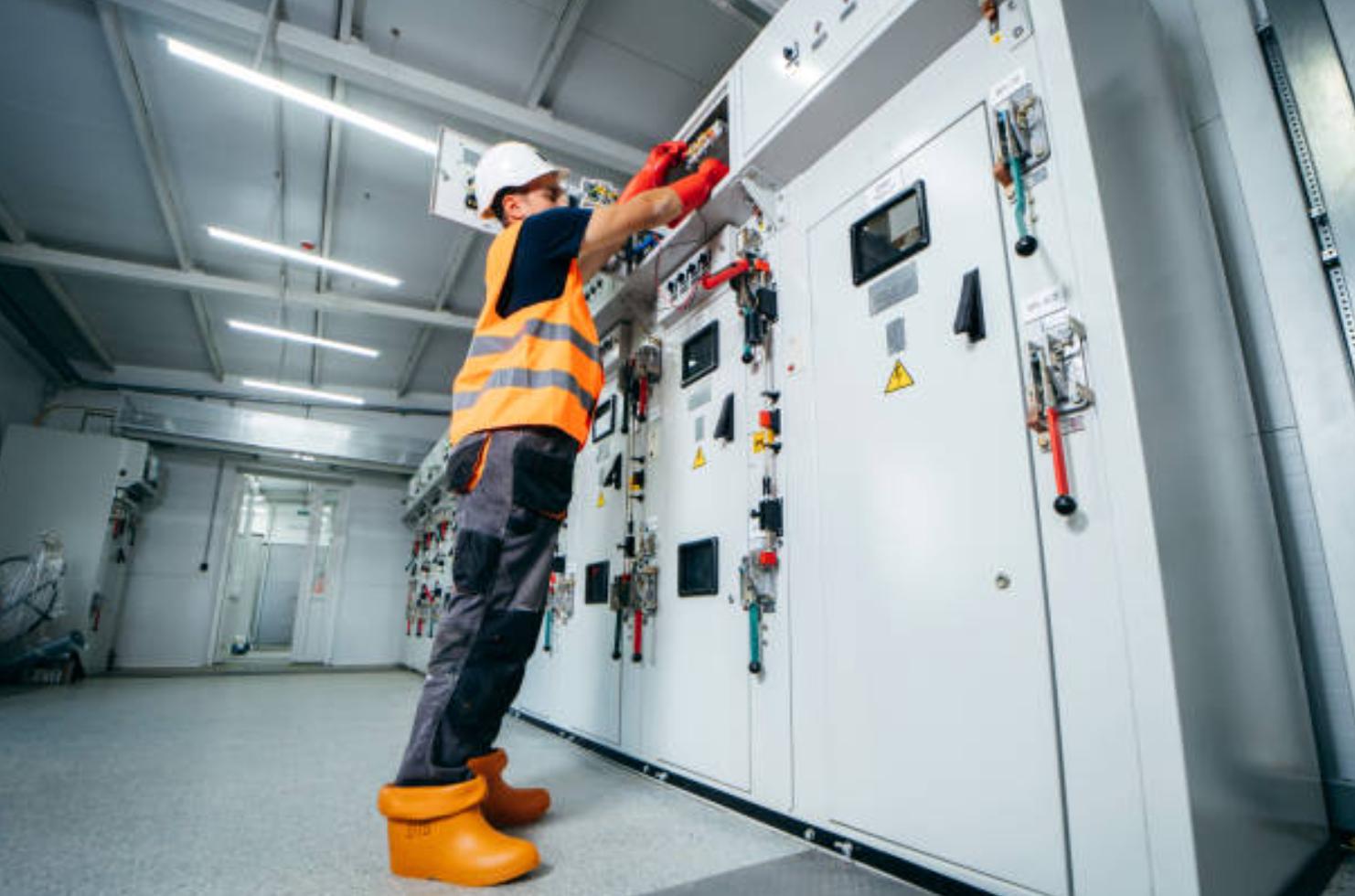
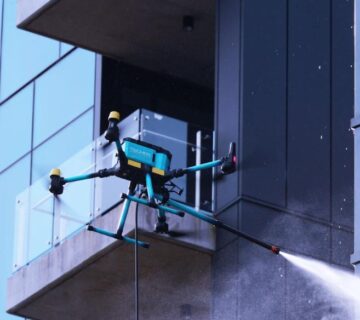
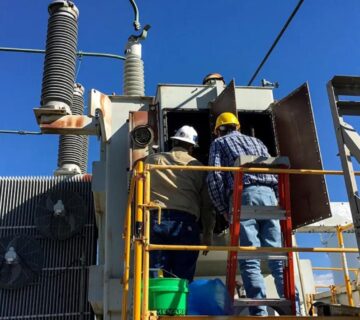
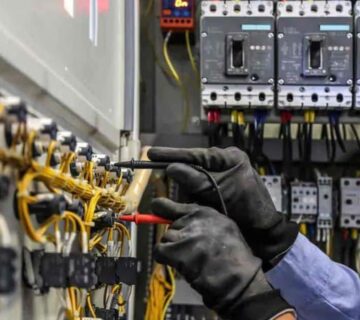
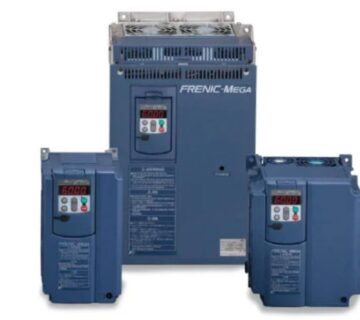
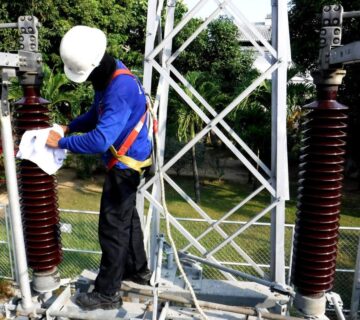

No comment